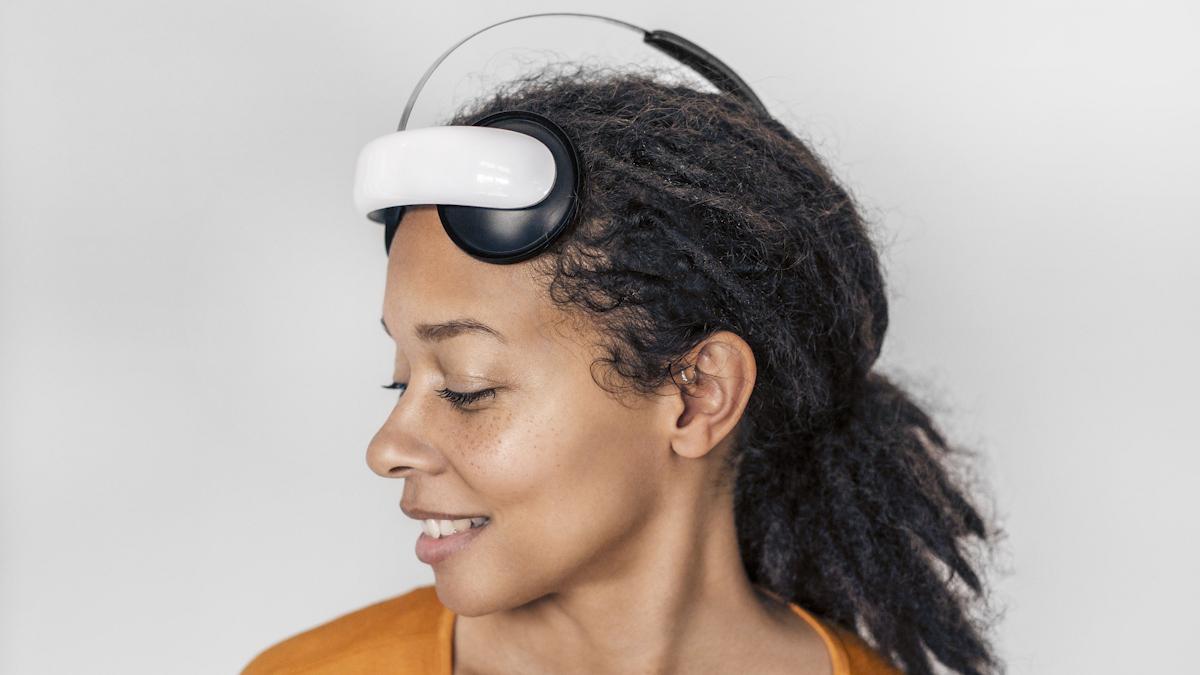In-ear wearable start-up STAT has long COVID in its sights

A new US start-up, STAT Health, has emerged from the shadows with $5.1 million in funding to develop an in-ear wearable device that can measure blood flow in the brain, which it says is the "missing vital sign".
According to the company, the earbud-like device could help researchers get to the bottom of complex and poorly understood health conditions like long COVID, postural orthostatic tachycardia syndrome (POTS), and myalgic encephalomyelitis/chronic fatigue syndrome (ME/CFS).
What these disorders have in common are symptoms such as dizziness, brain fog, headaches, fainting, and fatigue, that can get worse when the patient stands up and are all thought to be associated with reduced cerebral blood flow (CBF).
That can be measured using ultrasound technology, but it’s a complex, expensive and cumbersome procedure, and has to be carried out in a clinic. As a result, physicians often use using heart rate and blood pressure data to infer what might be happening in the cerebral circulation, which lacks accuracy.
In contrast, STAT Health’s device uses an optical sensor and artificial intelligence to gauge cerebral blood flow by using flow in a shallow ear artery as a proxy. It also includes an accelerometer to detect when a patient stands up, as well as pressure and temperature sensors to provide other data, all delivered 24 hours a day, seven days a week if needed.
The wearable can stay in place while sleeping and showering and can be used alongside most other devices that go in or around the ear, according to the start-up.
STAT Health’s device has been put through its paces by researchers at Johns Hopkins University in the US, who published a study in March showing that the wearable can detect fainting minutes before it happens.
According to STAT Health’s co-founder and chief executive, Daniel Lee – who was involved in the development of Bose’s now-defunct Sleepbuds product – the ear is a “biometric gold mine “ because of its close proximity to the brain and major arteries.
He noted that the ear is largely isolated from data corruption caused by arm motion, which is a problem for current wearables and prevents them from monitoring heart metrics during many daily tasks.
“After multiple engineering breakthroughs, we’ve succeeded in unlocking the ear to combine the convenience and long-term nature of wearables with the high fidelity nature of obtrusive clinical monitors,“ said Lee. “No other device comes close along the axes of wearability and cardiac signal quality. “
The first application of the device is as a wellness product, with a bundled app that can be used to track CBF, heart rate, and five-a-trend score for blood pressure. The data is used to provide personalised coaching to promote healthy lifestyle choices, such as hydration and salt intake. In future, the intention is to get FDA approval for a device that could be used in clinical evaluations.
The company’s seed funding has been provided by J2 Ventures, BonAngels Venture Partners, and other angel investors, and has also received grant funding from the US Air Force.













